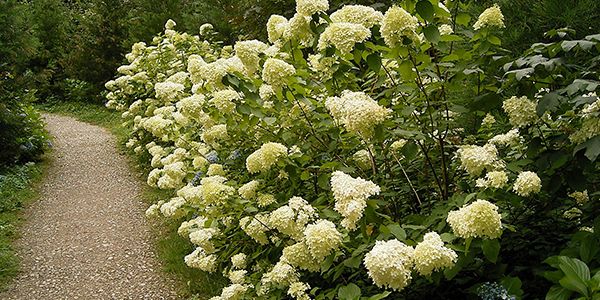Aechmea Bilbergia price

Where to buy and sell Aechmea Bilbergia, lowest (cheapest) and highest price.
check offers buy sell Aechmea BilbergiaToday price for Aechmea BilbergiaAechmea Bilbergia wholesale prices 2022
The Current commodity price of Aechmea Bilbergia per kg, pound in the world in the global markets
aechmea (bilbergia)
Price range: 7 - 7 EUR / 1 kg | Market: Mercados de Abastecimientos de Barcelona SA | Date: 2022-06-05
aechmea (bilbergia)
Price range: 7 - 7 EUR / 1 kg | Market: Mercados de Abastecimientos de Barcelona SA | Date: 2022-05-22
aechmea (bilbergia)
Price range: 7 - 7 EUR / 1 kg | Market: Mercados de Abastecimientos de Barcelona SA | Date: 2022-05-01
Aechmea Bilbergia
Aechmea is a genus of tropical plants in the family Bromeliaceae. The genus includes about 100 species, many of which are popular houseplants. Aechmeas are native to Central and South America, from Mexico to Argentina. Aechmeas are generally herbaceous perennials with rosettes of stiff, leathery leaves. The leaves are often brightly colored, and the flowers are borne in showy inflorescences. Many species of aechmea are cultivated as ornamental plants, and they are popular as houseplants due to their attractive foliage and colorful flowers. Aechmeas are generally easy to care for, and they can be propagated by division or from seed. They prefer bright, indirect light and well-drained soil. Most species are not frost-tolerant, so they must be brought indoors in winter in cooler climates. Aechmeas are popular houseplants because of their attractive foliage and colorful flowers. They are easy to care for and can be propagated by division or from seed. Aechmeas prefer bright, indirect light and well-drained soil. Most species are not frost-tolerant, so they must be brought indoors in winter in cooler climates. The Aechmea genus, of which bilbergia is a subgenus, comprises around 170 species of flowering plants native to the tropical and subtropical regions of Central and South America. Most species are epiphytes, but some are terrestrial. They occur in rainforests, woodlands, and other habitats with high humidity and ample rainfall. Aechmeas are closely related to the genera Bromeliaceae and Tillandsia, and like them, they are characterized by a rosette of strappy leaves and showy flowers borne on a stalk (inflorescence). The flowers are typically bisexual (having both male and female reproductive organs), but some species are functionally unisexual (bearing either male or female flowers). The name "aechmea" comes from the Greek aichme ("spear point"), referring to the sharp tips of the leaves. The common name "bromeliad" is derived from the genus Bromelia, to which Aechmea is closely related. Aechmeas are popular as ornamental plants, both in the home and in public gardens. They are relatively easy to grow, and many species can be propagated by offsets or division. However, they do require some care, and their long-lived blooms make them especially well suited for use as cut flowers.Global aechmea (bilbergia) production
According to the latest figures from the International Organization for Standardization (ISO), bilbergia production totaled 940,000 metric tons in 2014. This represented a significant increase from the previous year's total of just over 600,000 metric tons. The majority of this increase was due to increased production in China, which accounted for nearly 70% of the total global production. Other major producers of bilbergia include Brazil, India, and the United States. Bilbergia is a tropical hardwood tree that is native to South America. It is commonly used in the construction of furniture and other wood products. The wood is known for its durability and strength, making it an ideal material for many different applications. Bilbergia is also used in the manufacture of charcoal and other industrial products. The increased production of bilbergia in recent years has been driven by strong demand from China. The Chinese market is the largest buyer of bilbergia, accounting for nearly 60% of all global exports. Other major markets for bilbergia include the United States, Europe, and Japan. The increased production of bilbergia has had a positive impact on the economy of South America. The bilbergia industry employs thousands of people in the region and generates billions of dollars in economic activity each year. The increased production of bilbergia has also helped to improve the standard of living for many people in South America. The future prospects for bilbergia production appear to be very positive. The strong demand from China is expected to continue, and the increased production in South America is likely to lead to further economic growth in the region. Bilbergia is a valuable resource that can help to improve the lives of people in many different ways.Download our new
Husfarm App
Stay up to date with the current prieces of agricultural products all over the world.
Do you want to sell agricultural products?
Are you an Agricultural processor looking for high-quality products to buy?
Post an ad for FREE!
